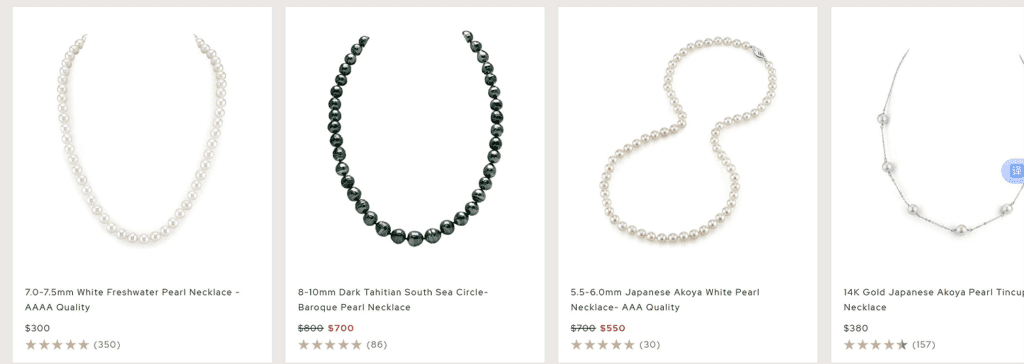10 Principles of Quality Web Design
The e-commerce industry is developing rapidly, and every online store, no matter how big or small, must keep up with industry trends while optimizing website design to stand out. At Airsang Design, we specialize in crafting unique, user-friendly websites that help e-commerce businesses attract customers and drive conversions. Here are some tips for building an efficient e-commerce website:
1.Pursue simple and efficient web design
The core goal of website design is to attract visitors and increase conversion rates, so that potential customers can complete their purchases smoothly. The page should be visually attractive, simple and clear, and avoid clutter. Especially in the payment process, there should not be too many irrelevant links or distracting elements. In addition, try to minimize the use of complex animations, lengthy texts, vague terms, and low-quality images to ensure a smooth user experience.
2.Transparent pricing strategy

If customers only learn shipping costs before paying, they may be less willing to buy or even abandon their orders. Therefore, it is important to clearly display the final price of the product at the beginning to avoid any misleading price. After all, most customers have a good memory for prices and don’t want to find out about additional costs at the last minute.
3.High-definition product display and video assistance

Blurred product images may cause consumers to question the quality of the product, thus affecting their purchasing decisions. Therefore, ensure that the product images are high-definition, authentic, and attractive, so that customers will have the urge to “buy”. In addition, short videos can more intuitively show all angles of the product, which is particularly suitable for products such as clothing, jewelry, and shoes, enhancing users’ purchasing confidence.
4.Convenient navigation menu

Each page should be equipped with a clear navigation bar, usually located at the top or left side of the page, to help users quickly find the products they need. At the same time, a drop-down menu can be used to classify different product categories to optimize the browsing experience and enable users to easily find the target products.
5.Appropriately create product scarcity
Scarcity makes things more valuable, and products with limited stock are often more attractive. Marking “sold out soon” or “limited stock” on the homepage or product page can stimulate consumers to place orders quickly. However, this strategy should be used in moderation to avoid affecting brand reputation.
6.Provide accurate filtering and search functions

The key to online shopping is accurate screening. If customers cannot quickly find the products they want, they are likely to jump directly to other websites. Therefore, it is necessary to provide efficient screening functions, such as classification by color, price, brand, size, etc., to help users accurately locate their needs and improve the shopping experience.
7.Make good use of social media promotion
Social media, especially platforms like Facebook and Instagram, plays a vital role in driving e-commerce traffic. Merchants can leverage these channels to promote popular products, increase brand visibility, boost conversions, and even guide users to complete purchases directly on social platforms.
8.Shopping cart button visibility
All pages of the website should have a striking shopping cart icon to facilitate users to check the added products at any time. Pop-up shopping cart reminders help users complete purchases smoothly and reduce order loss rate.
9.Use customer reviews to increase trust

Real user reviews build trust and encourage purchases. Displaying reviews under each product or on a dedicated “User Feedback” page boosts credibility. Adding the buyer’s name and profile picture enhances authenticity.
10.Carefully crafted promotional pages

Studies have shown that discounted products can attract consumers, especially during holidays such as Christmas and New Year. E-commerce websites such as (shopify, TEMU, etc.) should regularly launch limited-time promotions and create dedicated discount areas to increase attention and sales.
Conclusion
Through reasonable design and optimization, your e-commerce website will become more competitive, attract more users, increase conversion rates, and achieve sustainable growth. At Airsang Design, we specialize in creating customized websites that help businesses succeed in the competitive e-commerce landscape.
















